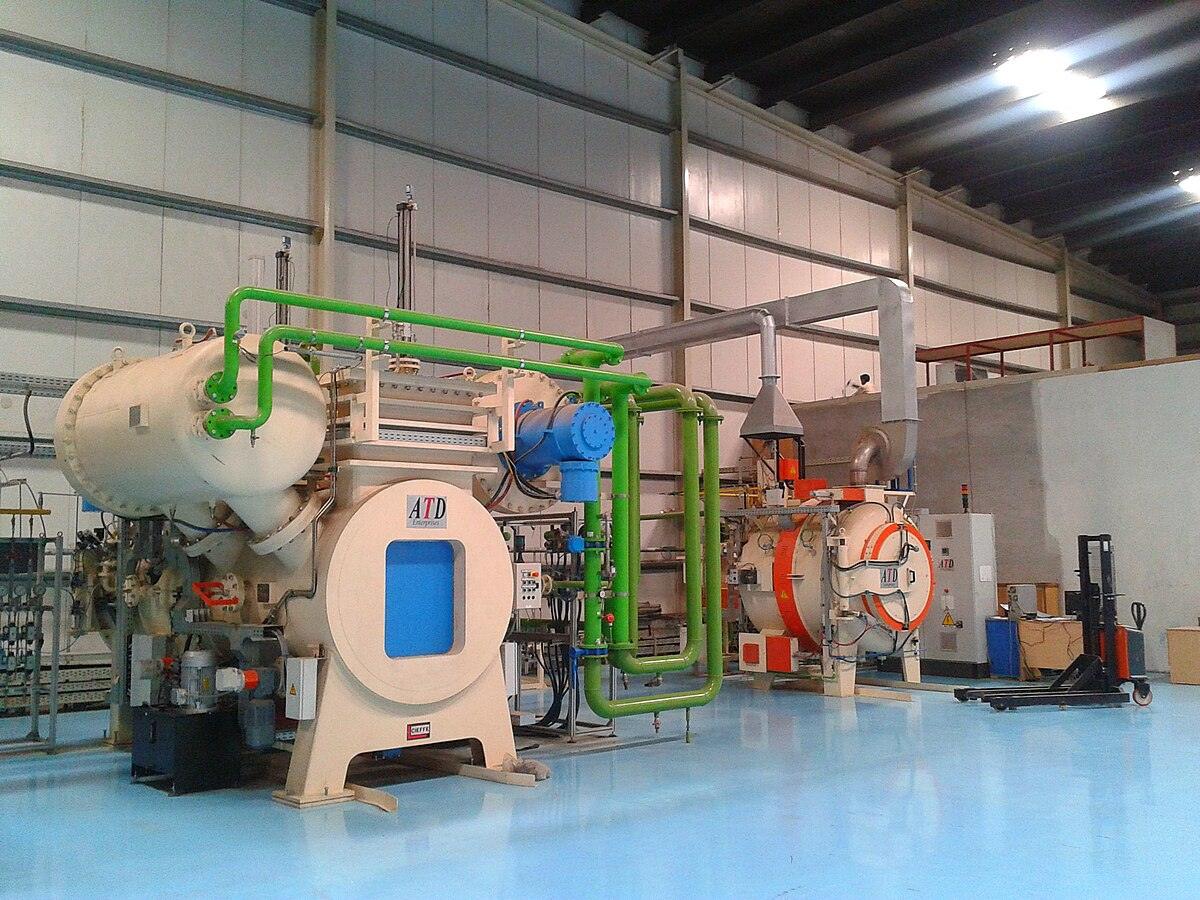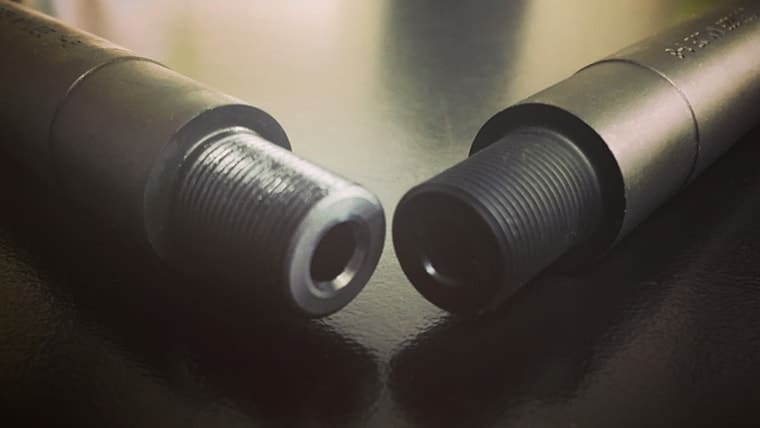Cryo good.
Nitride not good. (on target anyway)
Once I discovered what actually causes barrels to wear out, I understood why nitriding wasn't working to substantially increase barrel life on the same day.
Pressure. Expansion/contraction. That's what causes barrels to stop shooting well. The secondary variables that come afterward are many, but that is the main factor that causes them to stop functioning correctly.
Do not read into my statements and assume other aspects that I didn't address. Secondly, these aren't car parts, as you well know... so the car analogies/comparisons don't work when you consider the complexity of uniformly nitriding the inner diameter of a .243" or .224 or .284 bore that has intricate geometry. Nitriding something like a crank shaft, is infinitely easier. Any and all imperfections created by the process can be easily polished afterward, maintaining all of the good and eliminating the bad. This is not so for barrels. (at least not at the moment)
Correctly done nitriding, I have seen an increase in surface lubricity. (or reduction of friction, depending on which way you want to discuss the topic)
My experience on this is .284 and under. It is my understanding that nitride is being done with much success on .375 and up. Much easier to get treatment when you can move some fluid through a bigger hole.
Notable effects are less fouling, easier cleanup, and a touch more velocity, but that last part is very difficult to quantify.
However, actual barrel life? I'm not of that belief at the moment.
So far, the only real tangible thing that I've done to increase barrel life, is reduce pressure. If a guy runs in the low node, nice and predictable, getting 50+ firings on his brass... he's sure to have a TON of barrel life. Sometimes double or triple what the "internet" says he should. Conversely if he runs in the high node, getting a max of 5 firings on his brass... that barrel will be done quickly.
This fact is surely evidence of my hypothesis on what actually causes barrels to wear out. It may not be complete enough evidence for some, but it's complete enough for me.
There is a discussion to be had about the increased surface lubricity of nitride potentially reducing heat from the friction and subsequently reducing harmonic drift as a result of less heat, but I've not found the effect to be significant enough to be able to measure by any method to date. Again, this is another area best observed with large bores and solid bullets. The real issue is that until we can get truly uniform nitriding on a part that long and that constricted, and do so in a way that isn't counterintuitive to the cryo process... there won't be much in the way of benefit from nitride on the smaller diameter barrels. Even after, it does nothing for the pressure element of this. We have known for some time that increasing hardness isn't an automatic gain in ability to hold pressure. Were we to come up with a material that can take the pressure without expanding or contracting at all, and put the entire workload on the bullet... then it would be likely that we'd need to come up with entirely new propellent... or at the very least completely new combinations. As it is the "give" in these systems that tends to allow everything to work for us. When that expansion/contraction hardens the barrel enough, that behavior ceases and we see a dramatic reduction in performance.
Obviously it goes without saying that all of the variables are amplified as we go down in diameter and down in powder volume. While the effects of owning a prometheus might not be seen on a 375 cheytac... they are very notable on a small cal with a small capacity. Such is true of all variables everywhere in the system. What works for the big, often doesn't work with the small.
Anyway, thanks for the prompting to share my thoughts on this. There will be no consensus or positive momentum on a topic this complex in a space such as this.

-----------
Follow on Instagram
Subscribe on YouTube
Amazon Affiliate





